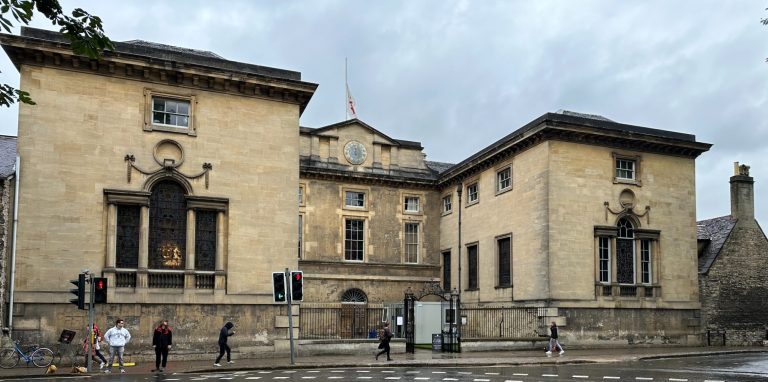WORCESTER COLLEGE


History, Building and Architecture
Worcester College was founded in 1714 by the benefaction of Sir Thomas Cookes, 2nd Baronet (1648–1701) of Norgrove, Worcestershire, whose coat of arms was adopted by the College. Its predecessor, Gloucester College, had been an institution of learning on the same site since the late 13th century until the Dissolution of the Monasteries in 1539. Founded as a men's college, Worcester has been coeducational since 1979.
The buildings are diverse, especially in the main quadrangle: looking down into the main quadrangle from the entrance through the main building, to the right is an imposing eighteenth century building in the neo-classical style; and to the left a row of medieval buildings known as "the cottages", which are among the oldest residential buildings in Oxford. These cottages are the most substantial surviving part of Gloucester College, Worcester's predecessor on the same site: this was a college for Benedictine monks, founded in 1283 and dissolved with the Dissolution of the Monasteries in about 1539.
In 1714, thanks to a fortunate benefaction from a Worcestershire baronet, Sir Thomas Cookes, Gloucester Hall was transformed into Worcester College. Even then, there were only sufficient funds to rebuild the Chapel, Hall and Library and the north side of the Front Quad, known as the Terrace. The designs were by George Clarke, who had consulted Nicholas Hawksmoor.
Famous Alumni

The main quadrangle of Worcester College; on the left are the medieval buildings known as "the cottages", the most substantial surviving part of Gloucester College, Worcester's predecessor
We need your consent to load the translations
We use a third-party service to translate the website content that may collect data about your activity. Please review the details in the privacy policy and accept the service to view the translations.


